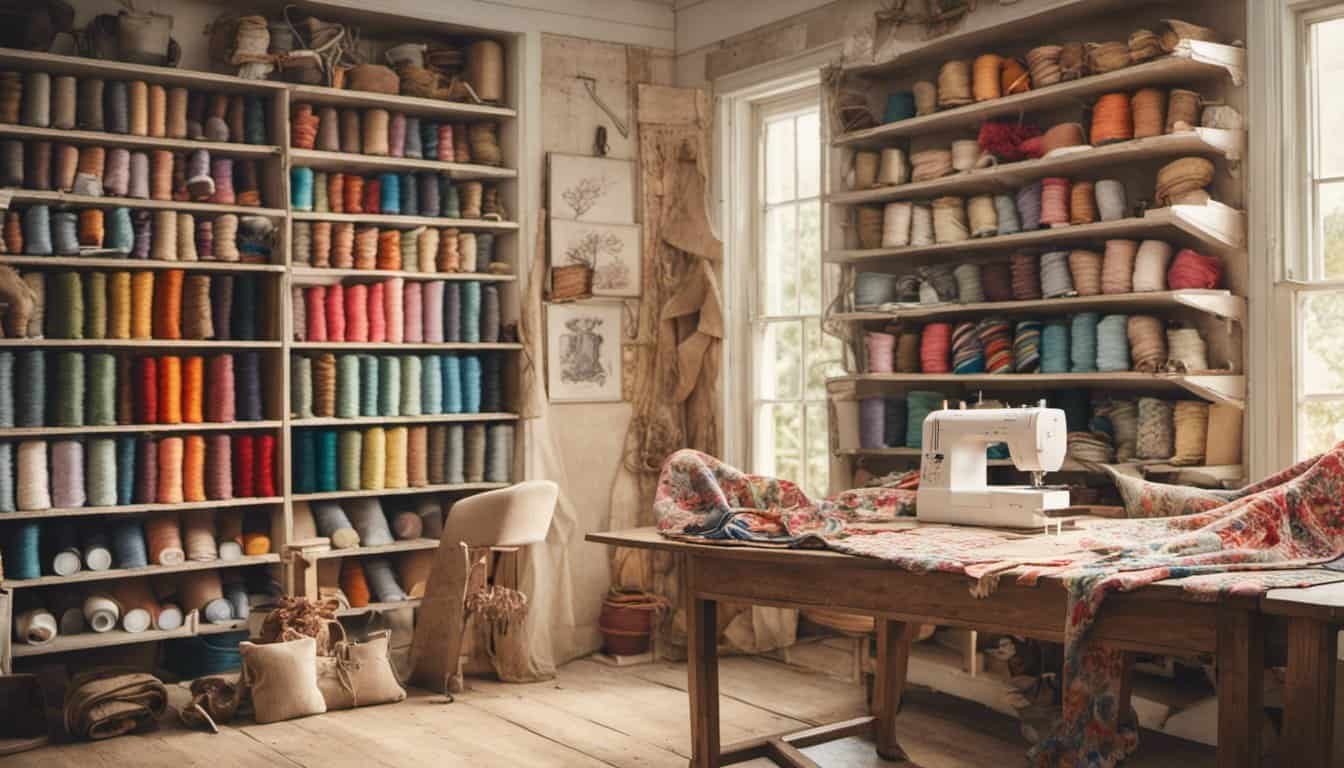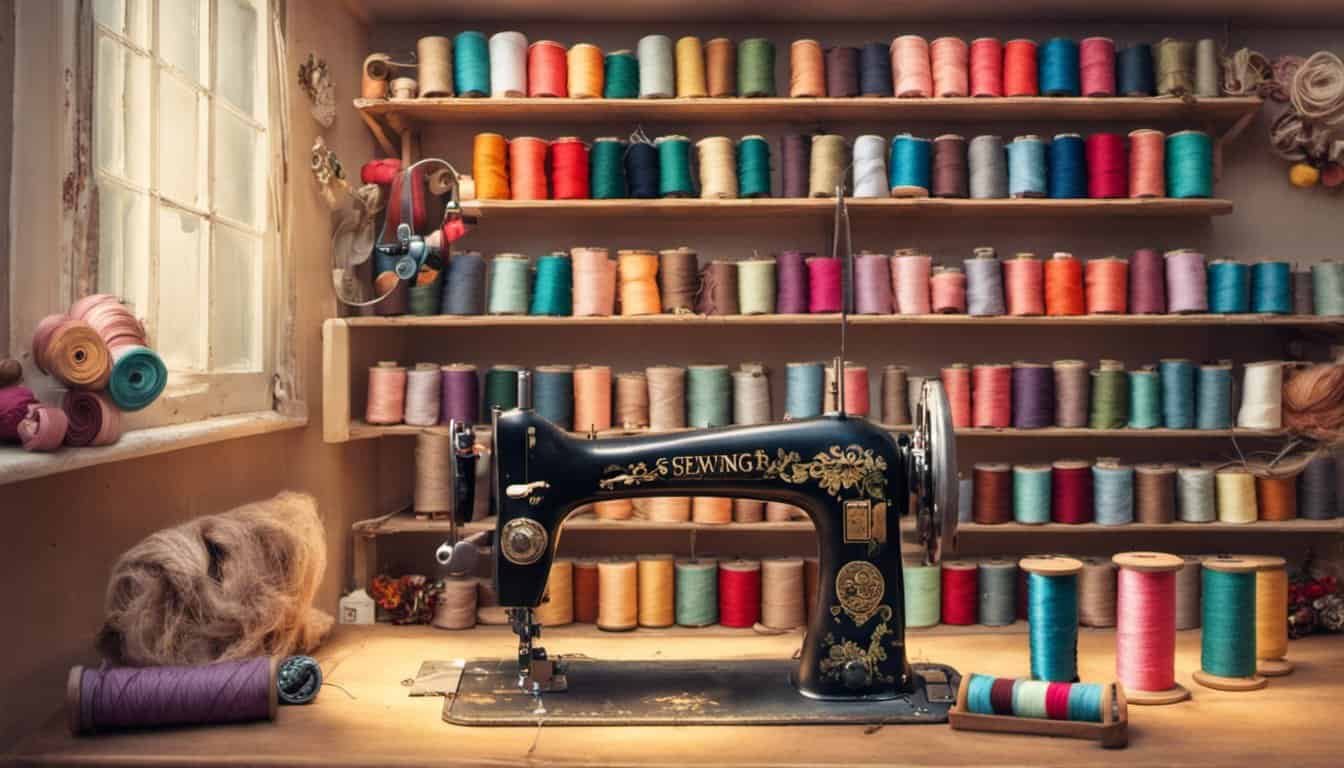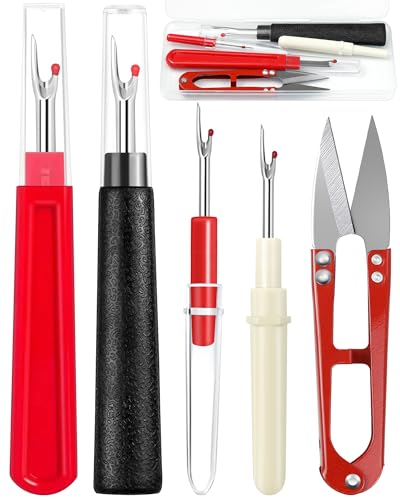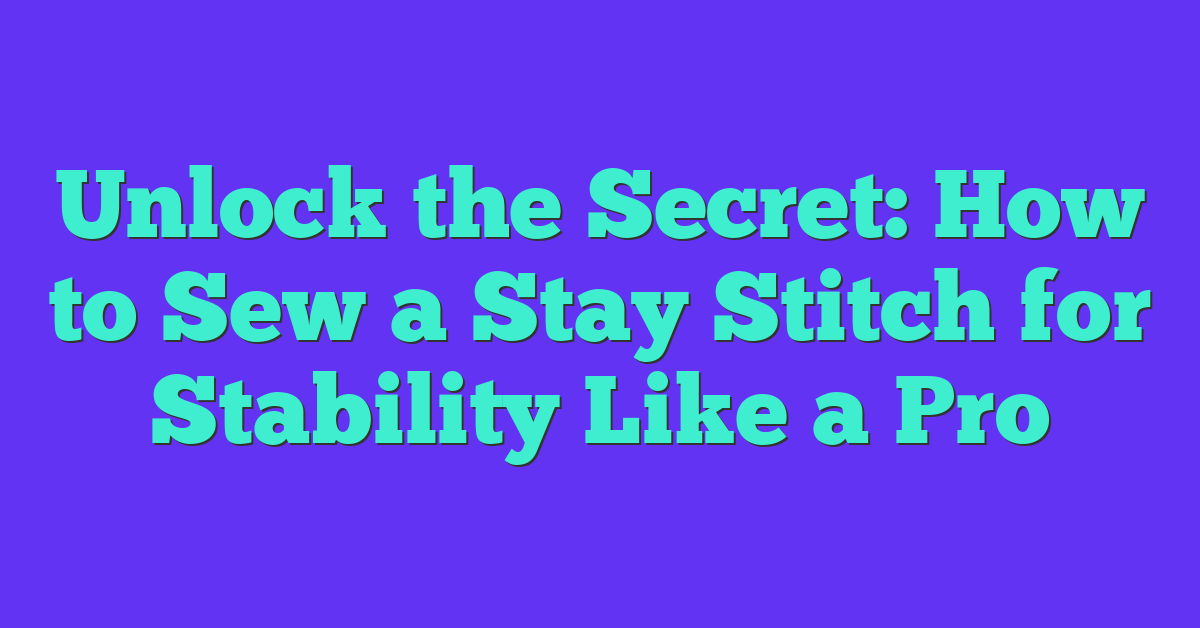Traveling can get messy, especially when it comes to packing shoes. I’ve often found myself wishing for a simple, stylish way to keep my shoes separate from my clothes. That’s when I realized a fabric shoe bag is the perfect solution—not only is it practical, but it’s also a fun and creative sewing project.
Whether you’re a seasoned sewer or just starting out, making your own shoe bag is easier than you might think. You can customize it with your favorite fabric, add personal touches, and create something that’s both functional and uniquely yours. Plus, it’s a great way to reduce waste by skipping single-use plastic bags.
Benefits Of Sewing A Fabric Shoe Bag For Travel
Creating a fabric shoe bag offers multiple advantages when traveling. It’s a customizable, reusable, and eco-friendly option for protecting your shoes and keeping your luggage organized. Below are the key benefits:
- Customizable Sizes and Designs
Handmade fabric shoe bags can fit any shoe size, from sandals to boots. By choosing your preferred fabric, patterns, or embroidery, you can match your personal style or travel theme.
- Protects Shoes and Clothing
A fabric shoe bag shields shoes from scratches and protects clothes from dirt or stains. For instance, lined fabric, like cotton or nylon, adds an extra layer of safeguarding for both.
- Eco-Friendly Alternative
Sewing your bag reduces dependence on single-use plastics. Using sustainable materials like organic cotton or linen makes it a green choice while cutting down waste.
- Cost-Effective and Durable
Fabric shoe bags cost less over time, especially when made from leftover fabric or repurposed material. Sturdier construction ensures they last through multiple trips compared to store-bought options.
- Lightweight and Packable
Fabric bags add minimal weight to luggage. Their flexibility makes them easy to fold when not in use, even in tight packing spaces.
- Multi-Purpose Use
Beyond shoes, fabric bags store laundry, toiletries, or accessories while traveling. A drawstring or zipper closure easily adapts them for different packing needs.
Materials And Tools Needed
Creating a fabric shoe bag begins with selecting the right materials and gathering essential tools. These choices ensure the project is both functional and enjoyable.
Fabric Selection
Choosing the correct fabric impacts durability and appearance. I recommend tightly woven cotton, canvas, or nylon for strength and resistance to wear. For an eco-friendly option, organic cotton offers sustainability. Lightweight fabrics like muslin work well for flat or lightweight shoes but avoid using overly delicate materials that may tear.
Pick solid colors or patterns like polka dots, stripes, or floral prints to match personal style. Waterproof or water-resistant fabric is ideal for added protection. For larger shoes or boots, ensure the fabric is wide enough to accommodate size variations without stretching.
Essential Tools
Using proper tools simplifies the sewing process. Start with a sharp pair of fabric scissors for precise cuts and a tape measure or ruler for accuracy. I suggest investing in sewing pins or clips to hold the fabric layers together securely.
A sewing machine is the fastest option for stitching, but a needle and strong thread can suffice for hand sewing. For closures, a length of drawstring cord or ribbon adds functionality; add a safety pin to help thread it through the fabric casing. Marking tools, like fabric chalk or a washable pen, assist in creating seam guides, improving the clean look of the finished bag.

Step-By-Step Guide To Sewing A Fabric Shoe Bag
Creating a fabric shoe bag involves a few simple sewing techniques. By following these steps, you can make a durable and personalized travel accessory.
Measuring And Cutting The Fabric
Accurate measurements ensure a well-fitted shoe bag. I start by measuring the shoes to determine the fabric size, adding 2-3 inches to the width and height for seam allowances and extra space. For a standard pair of shoes, I usually cut a fabric piece about 15 inches tall and 12 inches wide. I use fabric scissors for clean edges and a measuring tape or ruler for precision. If I want a double-layered bag for added protection, I cut two identical pieces of fabric.
Sewing The Bag Base
I begin by folding the fabric in half with the right sides facing each other to form the bag shape. Using pins, I secure the edges and ensure alignment. I then sew along the bottom and one side edge, leaving the top open. I use a straight stitch and a 0.5-inch seam allowance, backstitching at the ends for durability. When using thick fabrics like canvas, I reduce the stitch length slightly for stronger seams. Once sewn, I trim any excess fabric at the seams and turn the bag right side out.
Adding A Drawstring Closure
For the drawstring, I first fold the top opening of the bag inward by 0.5 inches, then again by 1 inch to create a casing. I press the folds with an iron to set the crease and pin in place. I stitch close to the edge of the folded fabric, leaving a small gap to insert the cord. Using a safety pin attached to one end of the cord, I feed the string through the casing until it emerges at the opposite end. I tie the cord ends into a knot for easy closure. For a polished look, I use matching or decorative cords, such as braided rope or satin ribbon.
Tips For Personalizing Your Shoe Bag
Adding personal touches can make your shoe bag unique and more functional. I focus on combining decorative elements with practical features to create a bag that reflects my taste and meets my needs.
1. Embroider Initials or Patterns
« Making a Hoodie: A Cozy Sewing Project You’ll Actually Love to Wear Every Day
How to Sew a Knit Scarf for Winter: Step-by-Step Guide to Stay Stylish and Cozy »
Incorporating embroidery instantly elevates the bag’s look. I use embroidery threads to stitch initials, floral motifs, or geometric patterns. Pre-drawn guides or stencils help create clean designs.
2. Choose Printed or Patterned Fabric
Selecting bold prints or subtle patterns transforms the overall aesthetic. For formal travel, I pick minimalist fabrics, while for vacations, I lean into bright or quirky patterns that suit the occasion.
3. Use Decorative Closures
Replacing basic drawstrings with colorful ribbons, braided cords, or leather straps adds flair. I sometimes mix functionalities by adding bead stoppers or tassels for easy adjustments.
4. Add Pockets or Compartments
Extra storage inside the bag provides room for socks, foot care items, or small accessories. I sew these pockets using contrasting fabric for a two-tone effect.
5. Experiment With Contrast Stitching
Using colorful thread instead of matching tones on the seams creates a decorative outline. Even simple zigzag stitches along the borders stand out when paired with neutral fabric.

6. Add Fabric Appliqués
Sewing small fabric shapes, like stars or travel-related icons, personalizes plain designs. I bond the appliqués with fabric adhesive before stitching for better alignment.
7. Label With Tags or Monograms
Iron-on labels, leather tags, or stitched-on patches make the bag easy to identify. I use washable materials to ensure these additions last through repeated use.
Common Mistakes To Avoid
Avoiding common mistakes ensures a functional and long-lasting fabric shoe bag. Here’s a guide to the pitfalls I see most frequently and how to sidestep them.
1. Skipping Pre-Washing the Fabric
Always pre-wash the fabric to avoid shrinkage after the shoe bag is completed. Fabrics like cotton can shrink when laundered, so skipping this step risks affecting your bag’s dimensions later.
2. Using Inappropriate Fabric
Avoid selecting fabrics that are too delicate or lightweight, like satin or sheer materials. Durable options like canvas or tightly woven cotton provide the right balance of sturdiness and ease of sewing. Weak fabrics are prone to tearing and won’t protect your shoes effectively.

3. Inaccurate Measurements
Incorrect measurements can result in bags that are either too tight or unnecessarily large. Always measure the shoes properly and double-check dimensions before cutting the fabric to ensure a perfect fit.
4. Uneven Stitching
Using uneven or loose stitches can compromise the durability of the bag. To maintain strong seams, ensure the stitches are consistent and secure. If using a sewing machine, adjust the thread tension until the stitches are even.
5. Neglecting Reinforcement
Opening and closing the bag puts stress on the drawstring channels and top seams. Reinforce these areas with double stitching to enhance durability, especially if the fabric isn’t heavy-duty.
6. Choosing Unsuitable Closures
Avoid drawstrings or ribbons that fray or break easily. Opt for sturdy materials like nylon cord or grosgrain ribbon for closures, and seal their ends with heat or fabric glue to prevent unraveling.
7. Forgetting Seam Allowances
Cutting the fabric without factoring in seam allowances results in a smaller bag than intended. Add approximately 0.5–1 inch around the edges for seams when cutting your fabric.

8. Overlooking Finishing Touches
Raw edges left unfinished can fray over time. Use pinking shears or overlock stitches to finish the edges neatly. Clean finishes ensure the bag lasts longer and looks polished.
Addressing these missteps before or during the sewing process ensures a high-quality fabric shoe bag, saving time and materials while delivering a practical travel accessory.
Conclusion
Sewing a fabric shoe bag is such a rewarding project that combines practicality with creativity. It’s a chance to craft something that’s not only functional but also reflects your personal style. Whether you’re a seasoned sewist or just starting out, this project is approachable and fun.
By making your own shoe bag, you’re contributing to a more sustainable lifestyle while creating a travel essential that’s truly one of a kind. Plus, the versatility of these bags means they’ll serve you well beyond your trips.
So grab your favorite fabric, gather your tools, and enjoy the process of turning simple materials into something beautiful and useful. There’s nothing quite like the satisfaction of using something you’ve made with your own hands. Happy sewing!


















